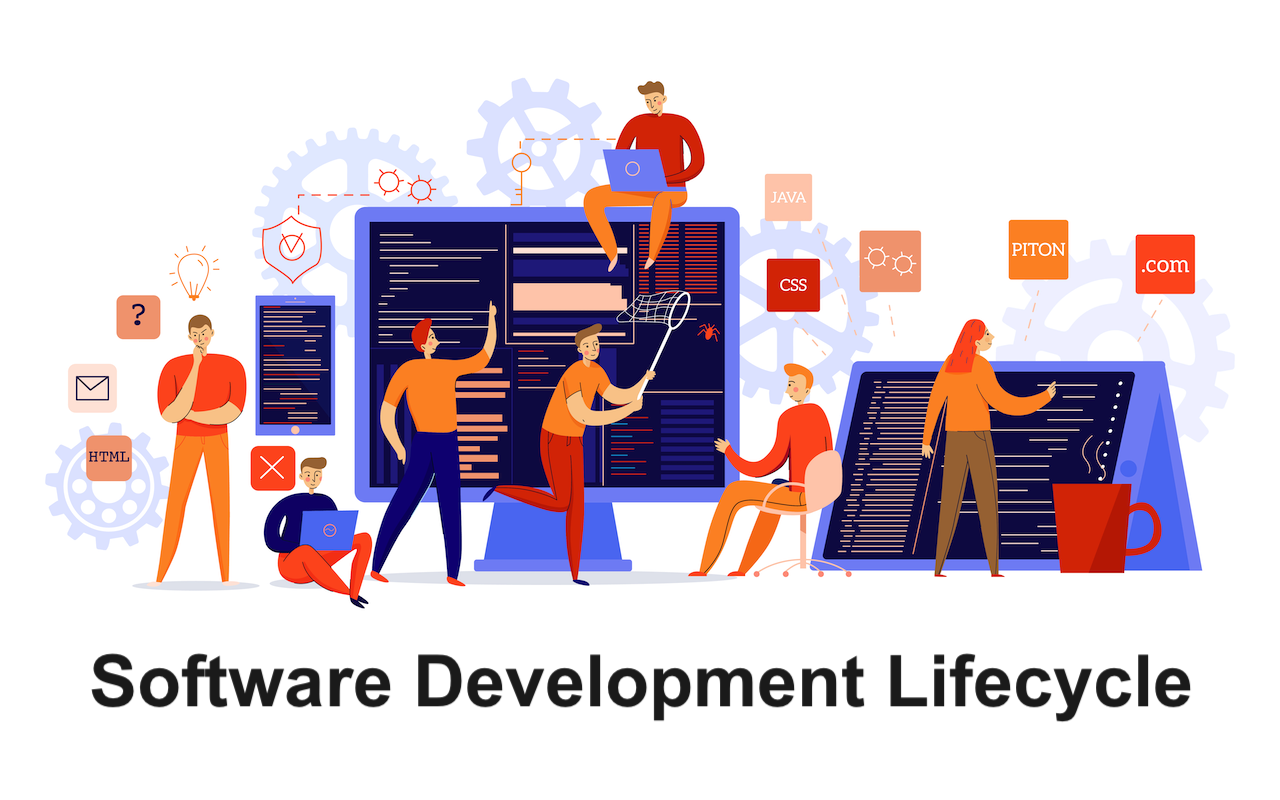
In today’s fast-paced digital landscape, software is no longer just a tool—it’s the backbone of innovation and competitive advantage. Whether you’re building a small mobile app or a large-scale enterprise platform, understanding the Software Development Lifecycle (SDLC) is crucial for creating reliable, scalable, and high-quality products. This article explores the key stages of SDLC and best practices to help you go from code to a successful product launch.
1. Understanding the Software Development Lifecycle
The Software Development Lifecycle is a structured process that guides the development of software from its initial concept to deployment and maintenance. It ensures systematic planning, execution, and monitoring, reducing the risk of failure while optimizing efficiency.
The primary stages of SDLC typically include:
- Planning and Requirement Analysis
- Design
- Development (Coding)
- Testing
- Deployment
- Maintenance and Continuous Improvement
Each stage plays a critical role in transforming an idea into a functioning, user-ready product.
2. Planning and Requirement Analysis
Before writing a single line of code, proper planning is essential. This phase defines what the software will do and why it’s needed. Misaligned requirements can lead to costly delays and redesigns later.
Key Activities:
- Conducting stakeholder interviews and gathering user needs
- Analyzing technical feasibility and resource requirements
- Defining project scope, timelines, and success criteria
- Creating a detailed Software Requirement Specification (SRS)
Best Practices:
- Involve cross-functional teams (business analysts, developers, designers) early
- Use tools like JIRA or Trello for requirement management
- Prioritize features based on user value and complexity
3. Designing the Blueprint
Design acts as the blueprint of the system, ensuring developers have a clear guide before implementation. A well-thought-out design saves time and avoids unnecessary rework.
Key Activities:
- High-Level Design (HLD): Architectural diagrams, technology stack, and overall system structure
- Low-Level Design (LLD): Database schemas, API specifications, and detailed module design
- UI/UX wireframes and prototypes to visualize user interactions
Best Practices:
- Follow design patterns (MVC, Microservices) for maintainability
- Use prototyping tools (Figma, Adobe XD) for UI validation
- Incorporate scalability and security considerations early
4. Development (Coding Phase)
This is where ideas come to life. Following clean coding standards and collaborative practices ensures the product is functional, maintainable, and ready for future enhancements.
Key Activities:
- Writing code based on design specifications
- Setting up version control (GitHub, GitLab) for collaboration
- Performing peer reviews and continuous integration
Best Practices:
- Follow coding guidelines (SOLID principles, DRY, KISS)
- Adopt Agile or Scrum for iterative development
- Automate builds and unit tests to detect issues early
5. Testing for Quality Assurance
Quality assurance ensures the software is bug-free, secure, and meets user expectations. Skipping thorough testing can lead to poor user experience and costly post-launch fixes.
Key Activities:
- Unit, Integration, System, and User Acceptance Testing (UAT)
- Performance and Security testing
- Regression testing for updates and changes
Best Practices:
- Use automated testing tools (Selenium, Jest, Cypress) for faster feedback
- Maintain a robust test suite to prevent regressions
- Involve end-users in UAT to validate real-world scenarios
6. Deployment: Going Live
Deployment is the stage where your software goes public. A seamless release ensures users can access the application without disruptions or downtime.
Key Activities:
- Preparing deployment scripts and configuration files
- Using CI/CD pipelines for automated releases
- Monitoring system performance post-deployment
Best Practices:
- Perform a soft launch or beta release to gather feedback
- Use containerization and orchestration (Docker, Kubernetes) for scalability
- Set up real-time monitoring and logging (Prometheus, ELK Stack)
7. Maintenance and Continuous Improvement
Software development doesn’t end at launch. Continuous updates, bug fixes, and feature improvements keep your product relevant and competitive.
Key Activities:
- Regularly releasing patches and updates
- Monitoring user behavior and system performance
- Gathering feedback for future development cycles
Best Practices:
- Implement a clear versioning and release strategy
- Use automated tools for performance and security monitoring
- Continuously refactor code to maintain efficiency
8. Key Methodologies and Tools
To master the SDLC, adopting the right methodology and tools is critical:
- Agile and Scrum: Enable iterative development and faster feedback
- DevOps: Bridges the gap between development and operations for continuous delivery
- Project Management Tools: JIRA, Asana, Monday.com for tracking progress
- Collaboration Tools: Slack, Confluence for communication
- CI/CD Tools: Jenkins, GitHub Actions for automated deployments
9. Challenges and How to Overcome Them
Software development often faces hurdles such as:
- Scope Creep: Prevent by clear requirement documentation and change management
- Technical Debt: Address through regular code reviews and refactoring
- Communication Gaps: Foster transparency with daily standups and documentation
- Security Risks: Implement secure coding practices and regular audits
Conclusion
Mastering the Software Development Lifecycle is essential for delivering successful, high-quality software products. By following structured processes—from planning and design to deployment and maintenance—you can minimize risks, improve collaboration, and accelerate time-to-market.
In a world where technology evolves rapidly, understanding SDLC principles isn’t just beneficial—it’s a necessity. Whether you’re a seasoned developer or a startup founder, adopting these best practices will help you confidently take your software from code to launch—and beyond.
Featured Image by Freepik.
Share this post
Leave a comment
All comments are moderated. Spammy and bot submitted comments are deleted. Please submit the comments that are helpful to others, and we'll approve your comments. A comment that includes outbound link will only be approved if the content is relevant to the topic, and has some value to our readers.

Comments (0)
No comment